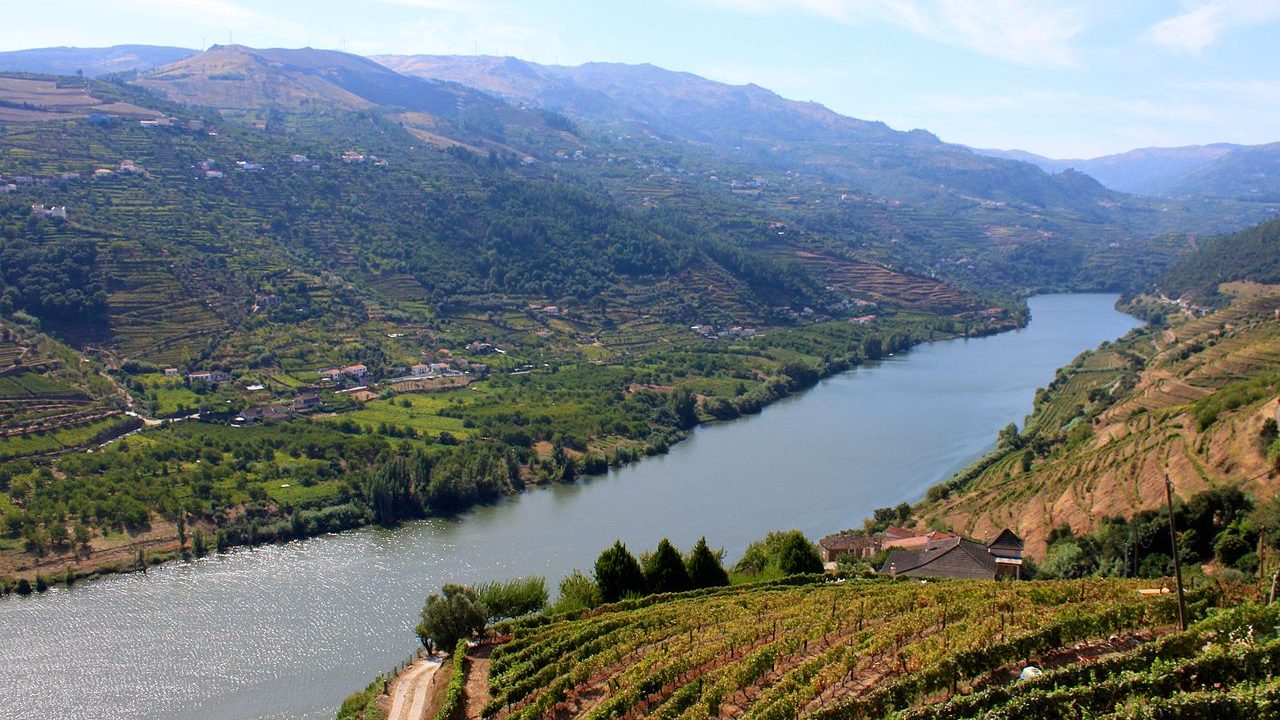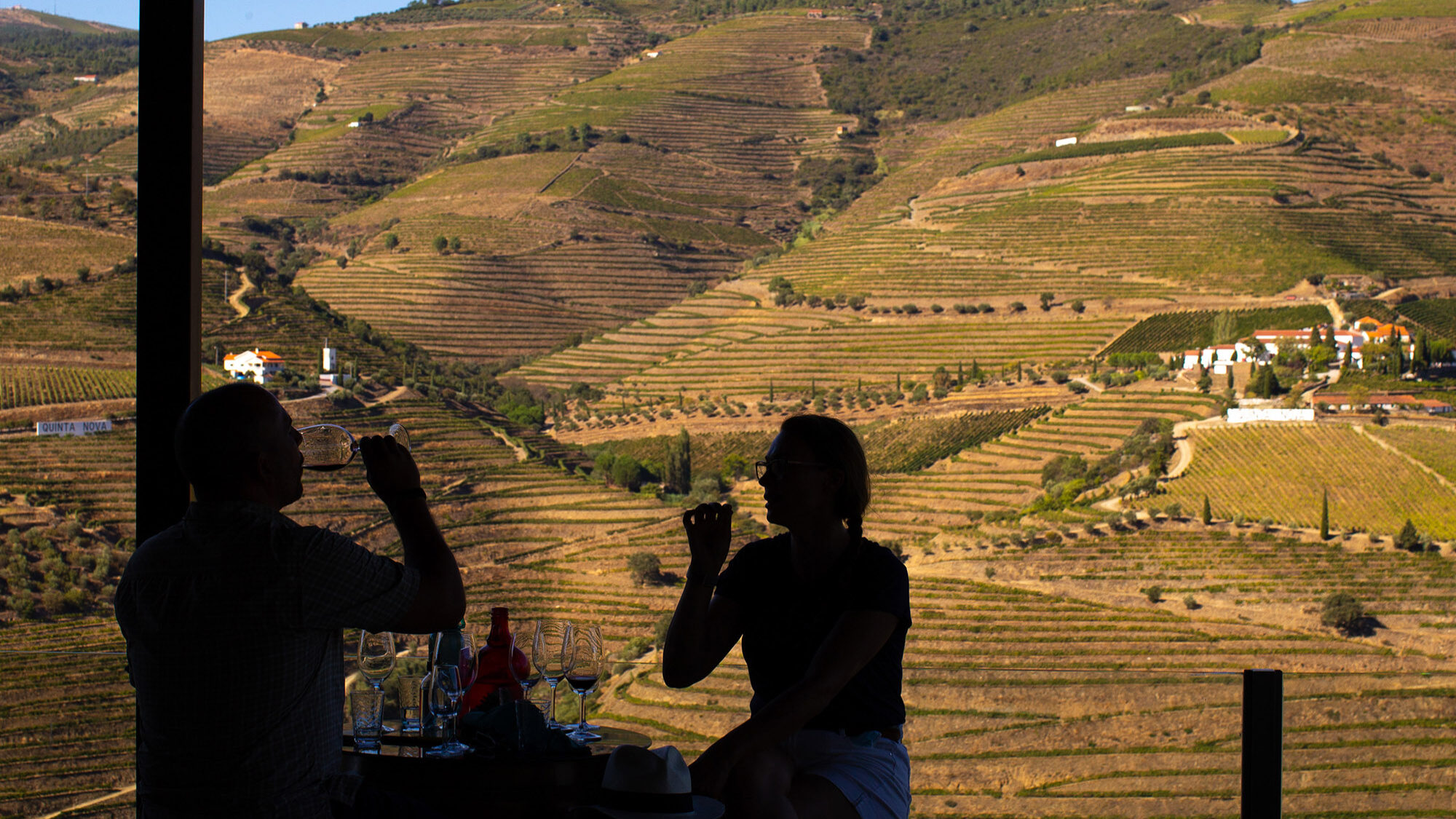Douro expects 10% increase in wine production this year
ADVID's estimate points to a range from a minimum production of 222,000 barrels to a maximum of 259,000 barrels, with an average of 240,000 barrels of wine.
Wine production in the Douro Demarcated Region could increase by around 10% in the next harvest, in an estimated range of between 240,000 and 259,000 barrels, it was announced on Wednesday.
The production forecast for the 2023 harvest was presented by the Association for the Development of Douro Viticulture (ADVID), which is based in Vila Real.
“What is expected for this year is that there will be an increase over last year of about 10%, that is, that the forecast is above average and below the maximum range, which is 259,000 barrels,” ADVID’s director-general, Luís Marcos, told the Lusa agency.
He specified that we are talking about a 10% increase over last year’s declared harvest, which, according to the Douro and Port Wine Institute (IVDP), was 233,000 barrels.
ADVID’s estimate points to a range from a minimum production of 222,000 barrels to a maximum of 259,000 barrels, with an average of 240,000 barrels of wine.
ADVID’s forecasts are based on the pollen method collected at the flowering stage of the vine in the three Douro sub-regions – Baixo Corgo, Cima Corgo and Douro Superior – and therefore do not take into account post-flowering factors, which can alter the harvest potential, such as hail or diseases affecting the vineyard.
“It is a forecast that focuses mostly on what is the potential at flowering. This was the year in which flowering was the earliest since we have records in our Viticultural Observatory, since 2014, which also conditions the production potential a little”, said Luís Marcos.
This is because, he explained, the winter was rainy (December and January), followed by dry months and an increase in temperatures, so the flowering of the vine occurred in late April in a “fast and homogeneous” way, with favourable conditions for the setting of the plant.
“At the moment, we have full bunches, healthy berries and good development conditions”, he said.
In late May and early June, there were cases of hail and heavy rain in municipalities such as Alijó, Murça, Vila Nova de Foz Côa and Meda, and there were situations of mildew, which required several preventive phytosanitary treatments.
“These rains have allowed the vines, at this moment, to be in a situation of moderate comfort. On the other hand, it had the great inconvenience that these episodes of rain were accompanied on the one hand by hail and, on the other hand, by an incidence of diseases, such as mildew,” he said.
Luís Marcos recalled that “at flowering, the Douro had water stress values very similar to 2022”, that is, feeling the consequences of the absence of precipitation and high temperatures, but added that the rains in May allowed the water stress to be reduced to normal values for the demarcated region.
“Let’s see how the summer evolves”, he pointed out, adding, however, that it is increasingly important to have “a water conservation strategy”.
The meteorological conditions that occur in the next two months, until the harvest, may affect production in the region and will require “permanent attention to constant care” with the vineyard “.
Harvest forecasts are one of the parameters evaluated by the interprofessional council of the Douro and Port Wine Institute (IVDP) to define the benefit, that is, the amount of must that each producer can transform into Port wine.
The association should set the benefit later this month. For the 2022 harvest, the benefit was 116,000 barrels (550 litres each).
The declared harvest in 2022 in the Douro Demarcated Region was around 233,000 barrels of wine, a drop of 12% compared to the previous year and lower than initially forecast by around 20%.


